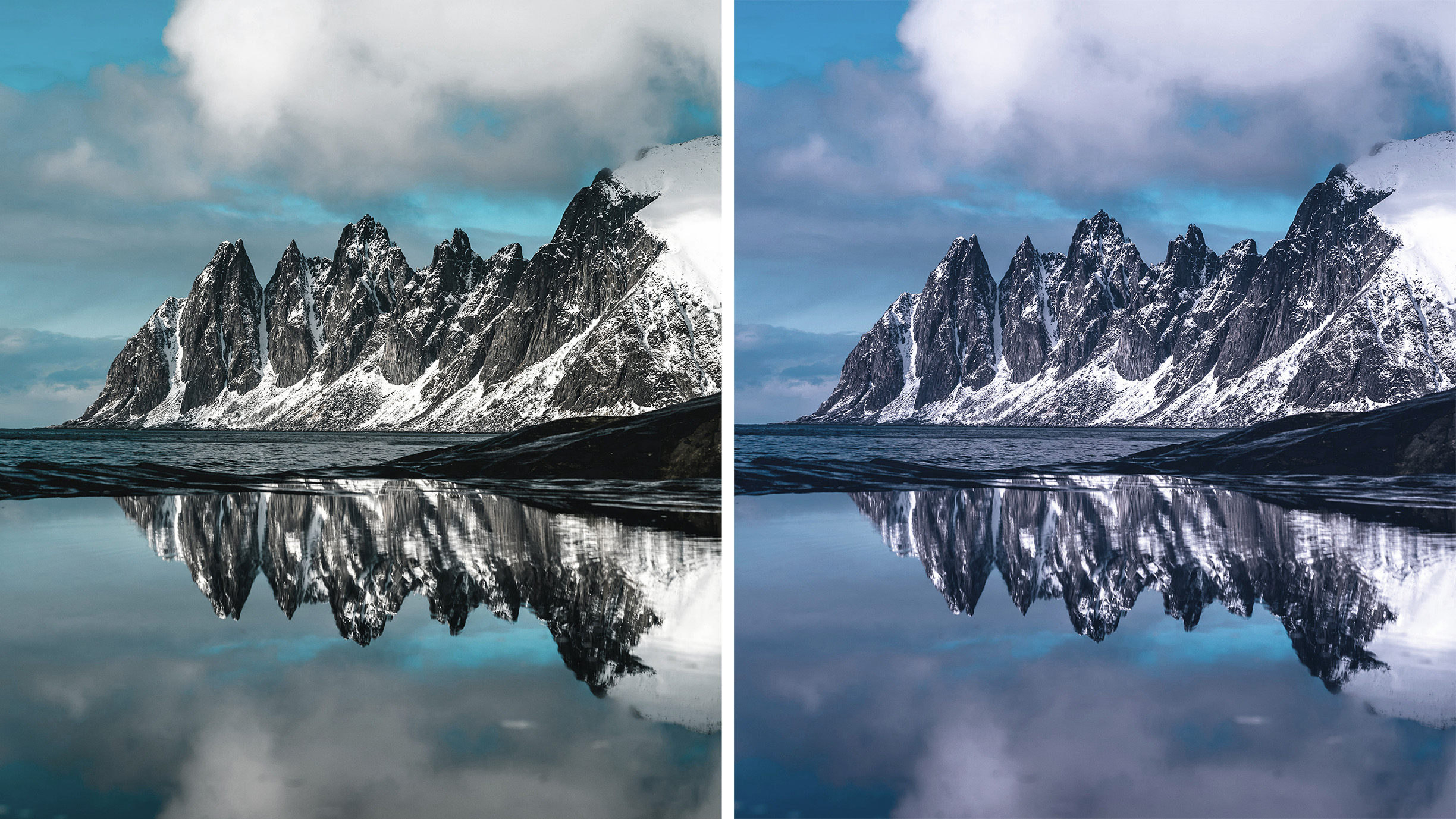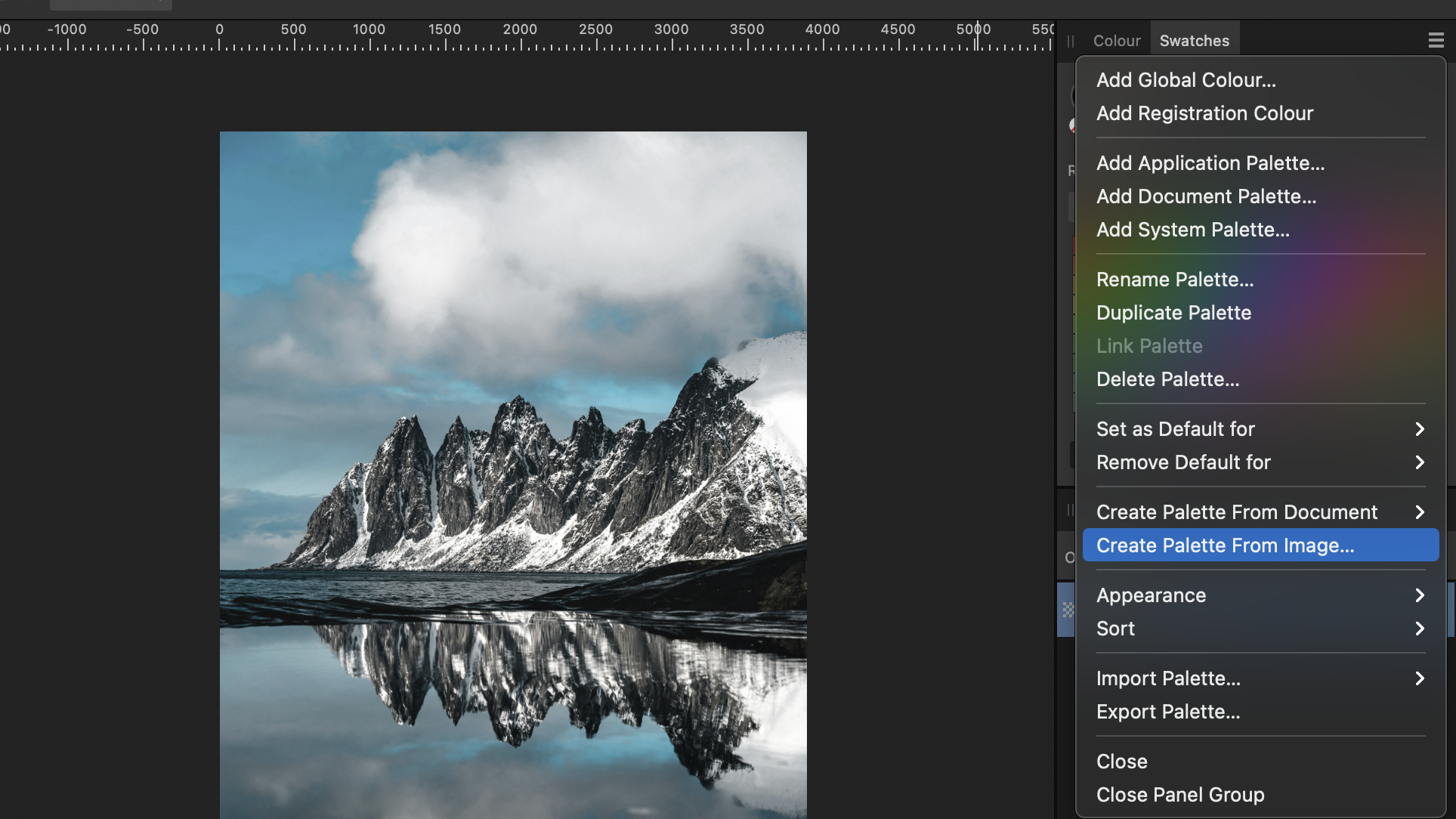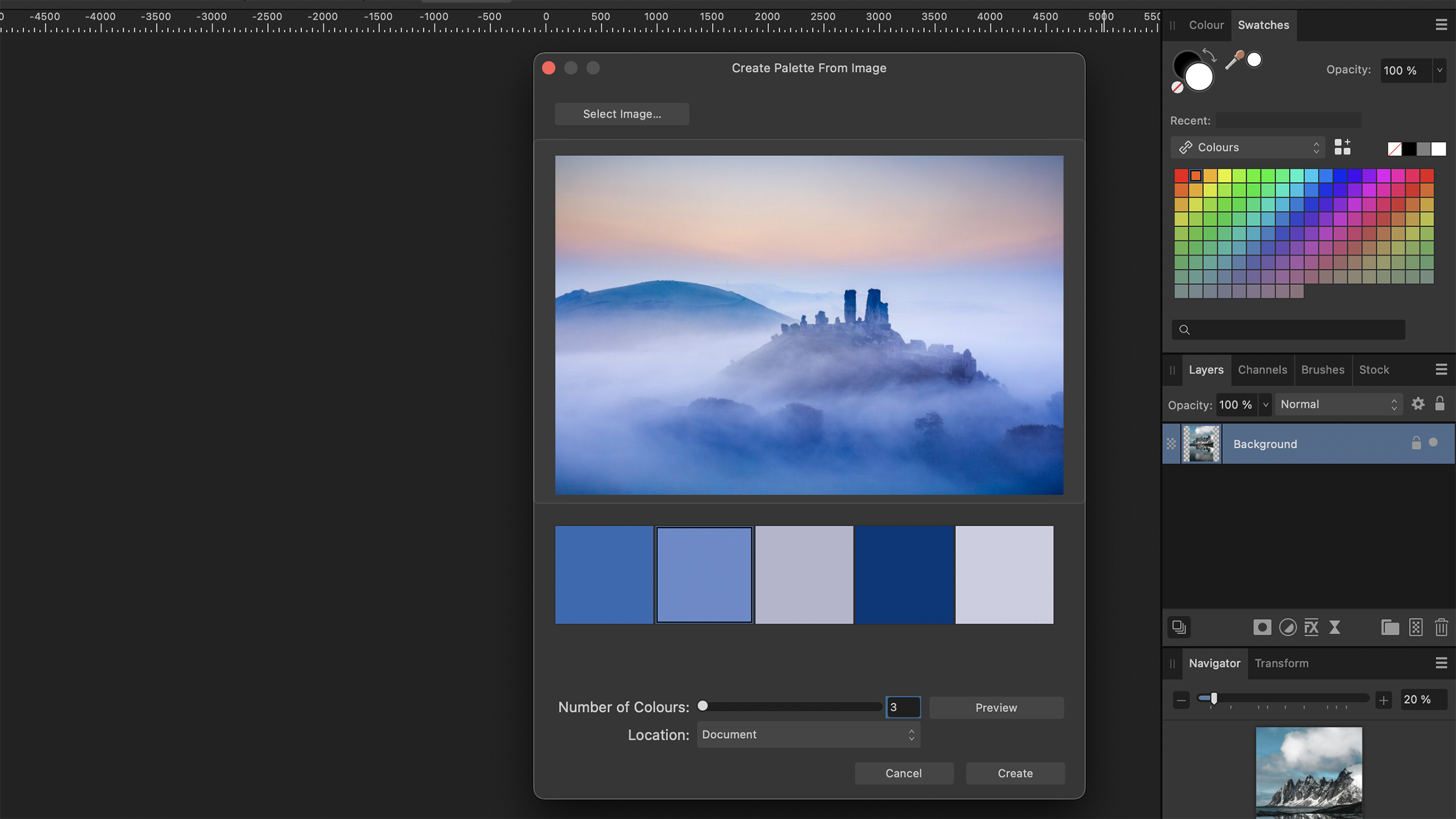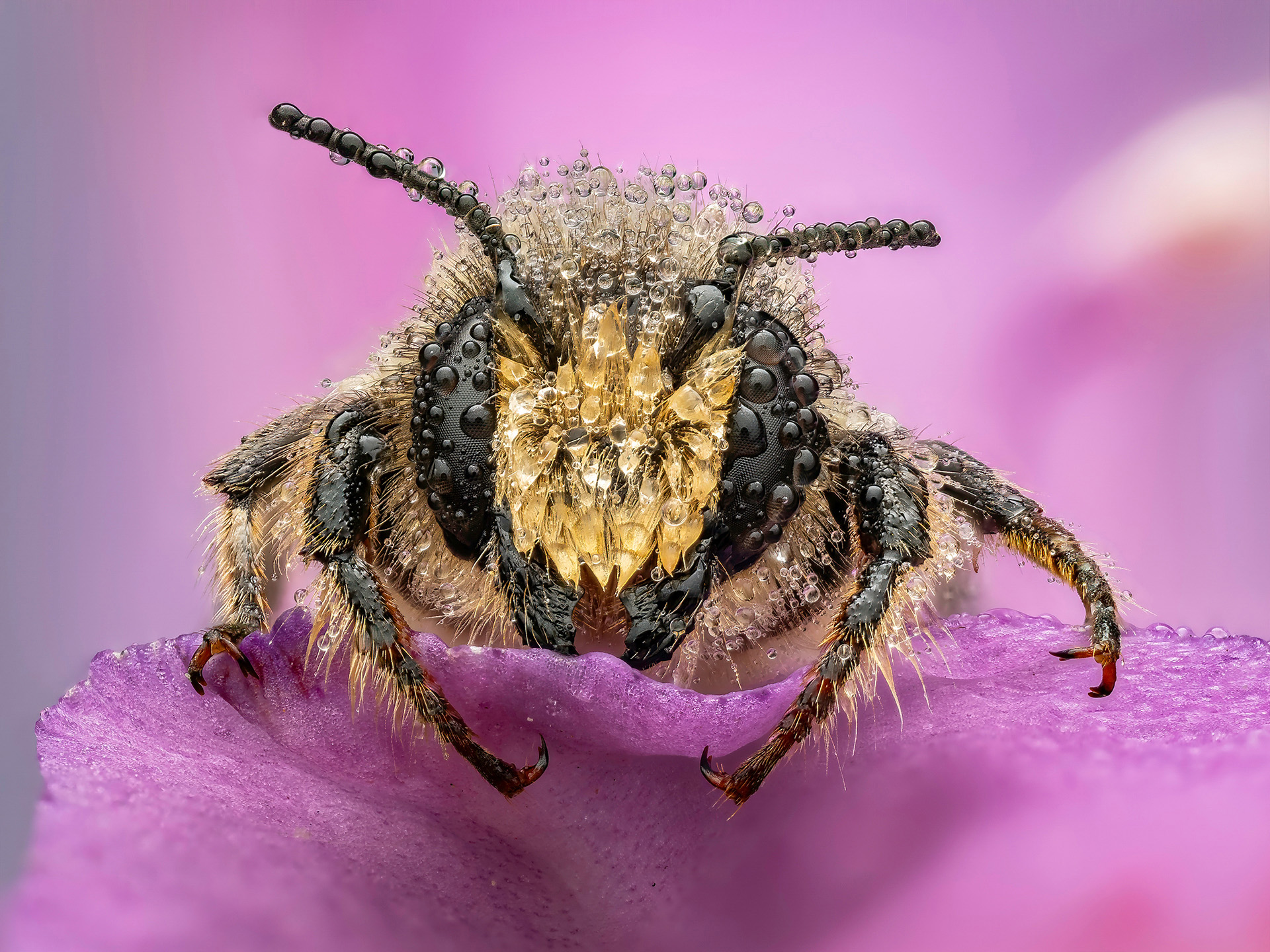Apply any color grading style with just a few clicks in Affinity Photo
Learn how to achieve any look (and we mean any!) in less than 5 minutes of editing time in Affinity Photo 2.0

Color grading is a powerful technique used in photography and videography to enhance the mood of a scene. However, it can be challenging for beginners to apply color grading effectively.
Affinity Photo 2 provides a range of features that allow us to apply color-grading styles to our own images. This is helpful when first learning this editing technique, as the settings can be easily adjusted to create your own unique style.
What you'll be using:
- Create Palette From Image option
- Gradient Map Adjustment
- Color codes
- Blend Modes
Before and after
Editing steps
1. Add images
If you don’t already have a reference image with color grading applied, then search for a suitable frame online. Here, consider what types of hues could enhance the mood of your photo. Popular color schemes from movies or a scheme from the blue or golden hours could work.
2. Start the process
Upload your own image to Affinity Photo 2.0. Open the Swatches panel, found under Window > Swatches. The panel pops up next to the Color panel and then, in the Swatches menu, click on Create Palette From Image... when the window opens, click on Select to upload your image.
3. Sample colors
Now Affinity samples five colours from the reference frame. Change the Number of Colors from five to three then press Preview to see the three colors Affinity chooses. Click Create to add this colour palette to the Swatches panel. Go back to the Layer panel and add a Gradient Map Adjustment.
4. Start color grading
To transform the shadows and darkest color elements, double-click the darkest color in the Swatches panel and copy the colour code at the bottom right. Go back to the Gradient Map and select the left dot to transform the shadows. Click
on Color and paste the copied color code.
The best camera deals, reviews, product advice, and unmissable photography news, direct to your inbox!
5. Repeat and blend
Repeat step 4 for the mid-tones by selecting the mid-tone color palette in the Swatches panel and selecting the middle dot in the Gradient Map. For highlights, select the lightest tone and right dot in Gradient Map. Close the Gradient Map window and change the blend mode to Overlay or Soft Light.
Key tip
Build a collection
After applying the colour grading style, don’t forget to save it as a preset. That way, you can go back and apply the same color scheme to other images without having to redo the process. You can also experiment and see what type of color grading benefits your subjects the most.
See more Affinity Photo tutorials & tips
This article originally appeared in Digital Photographer, a monthly magazine, and the kitbag essential for pros, enthusiasts, and amateurs alike!
Inside, you'll find practical guides, shooting tips, and techniques from working photographers, plus all the latest industry news.

Kim is a photographer, editor and writer with work published internationally. She holds a Master's degree in Photography and Media and was formerly Technique Editor at Digital Photographer, focusing on the art and science of photography. Blending technical expertise with visual insight, Kim explores photography's time-honored yet ever-evolving role in culture. Through her features, tutorials, and gear reviews, she aims to encourage readers to explore the medium more deeply and embrace its full creative potential.








